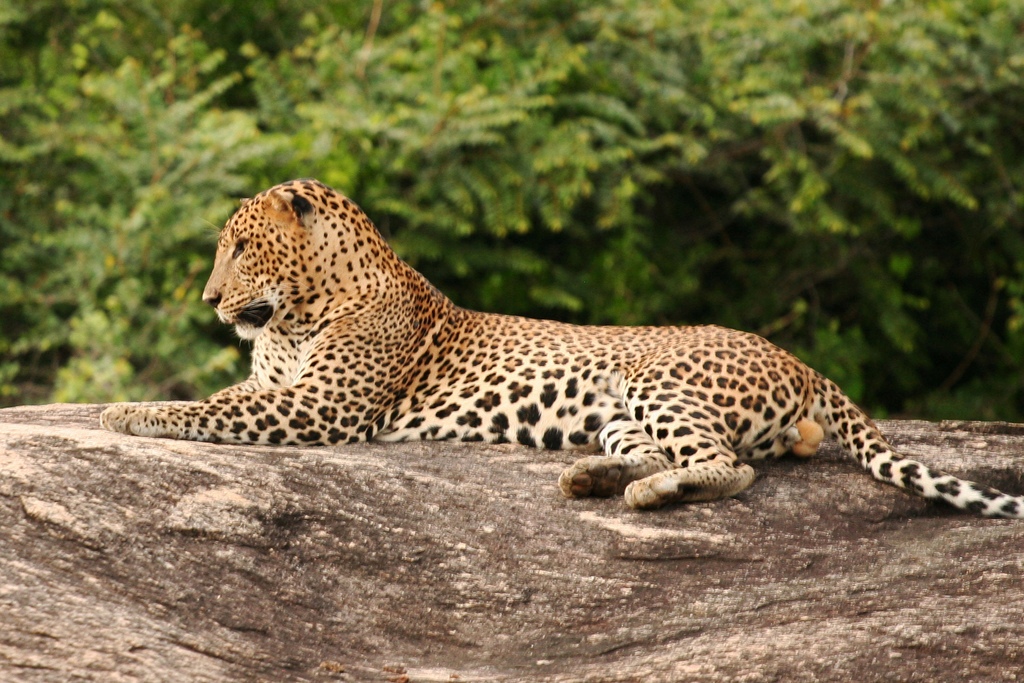Despite its relatively small size, Sri Lanka possesses a high level of biodiversity due to its wide range of topographic and climatic variation. Sri Lanka is known as one of the 25 biodiversity hotspots in the world as identified by Conservation International. The country has abundant bird life with 251 species resident and no less than 21 indigenous to the island.
To preserve displaced young elephants, an elephant orphanage has been set up by the Department of National Zoological Gardens at Pinnawela, 13 km from the main Colombo-Kandy road at Kegalle Town. With over 60 elephants in captivity, the Pinnawala elephant orphanage is reported the largest captive herd in the world.
Since the late 1930s, various areas totaling approximately 4660 km2 have been designated as National Parks (7% of the island) and an additional 3270 km2 as sanctuaries, reserves, and protected areas (5% of the island). Many of the National Parks and wildlife reserves are now popular tourist attractions. The Yala (Ruhuna) National Park, located in the southeastern corner of the island.
The Gal Oya National Park are popular for viewing large wild elephants and undertaking organised safaris.
The Uda Walawe National Park, located in southeast of Colombo, supports large herds of wild animals such as spotted deer, sambhur, and wild boar. It also acts as the catchment for the Uda Walawe Reservoir in the dry zone.
The Horton Plains National Park, located in the hill country, is Sri Lanka’s highest and most isolated plateau and serves as the habitat for the endemic purple monkey and sambhur (a member of the cat family). The Horton Plains National Park is famous for the precipice known as the “World’s End” — a cliff with a sheer drop of 1050 m.
The Bundala National Park is the latest addition; it provides habitats for all species of water birds resident the country as well as the annual influx of migrant birds from August to April.
A natural World Heritage Site, the Sinharaja Forest Reserve, was added to the list in 1988. It is located in south-west Sri Lanka. Sinharaja is Sri Lanka’s “last viable area of primary tropical rainforest” with endemic and rare flora and fauna.







